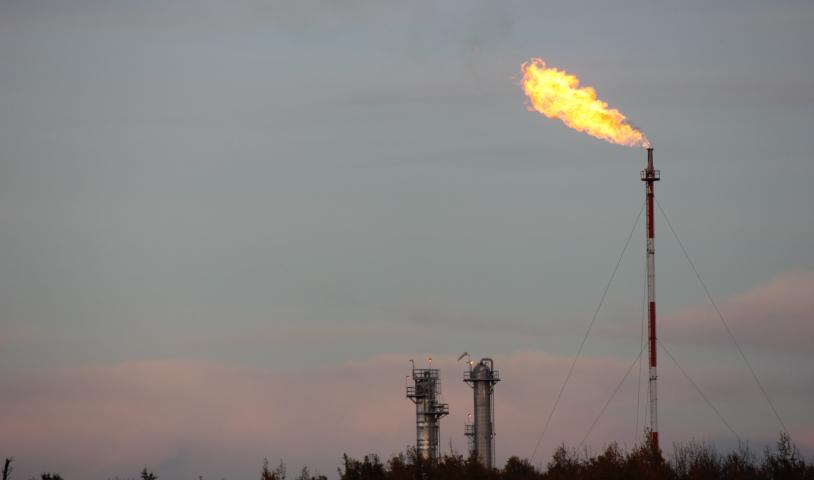Cheap power comes at a price
Wednesday, October 26, 2011
BC Hydro will lose millions supplying new mines and LNG facilities; losses that will be passed on to consumers
A striking feature of the government's jobs strategy is the number of very electric-intensive projects it entails. The strategy calls for the development of new mines and liquefied natural gas (LNG) facilities, all of which will require very large amounts of electricity.
The first phase of the proposed LNG plant at Kitimat in itself will reportedly consume some 1.5 million megawatt hours of electricity per year, or roughly one-third of the entire output of the proposed Site C dam project.
Media commentators have questioned whether BC Hydro will be able to supply these large new requirements for electricity. Some worry that it will not be able to do so because of the capital spending and other constraints that were recommended in the government's recent review of BC Hydro's rapidly rising costs and rates.
However, the real issue here is not whether BC Hydro can supply the electricity these projects will need. It no doubt could by acquiring or developing new sources of electricity supply. The issue is whether, or at least under what circumstances, it should.
One thing is certain. It will be very bad for BC Hydro and consequently all of its existing customers if it does supply electricity to the new mines and LNG facilities at its standard industrial rate. Under that rate, which averages less than $40 per megawatt hour, the amount BC Hydro would receive would be less than half the costs it would incur for the new sources of supply it would have to acquire.
Just in supplying the electricity needed in the first phase of the Kitimat LNG facility, BC Hydro would lose some $90 million per year, possibly more. Similarly, in supplying each major new metal mine, BC Hydro would lose an additional $40 million to $50 million per year.
If BC Hydro were to supply all of the electric-intensive projects in the jobs strategy at its standard industrial rate, it would lose hundreds of millions of dollars per year - losses that BC Hydro would have to recover from existing customers with much higher rates.
BC Hydro's standard rates are designed to recover the average costs of its existing supply, which are quite low because of the very low-cost hydro power developed many years ago. The problem is that these historic average costs are much less than the costs of new supply. This is what economists term a classic market failure. The standard rates are essentially offering cheap power even though BC Hydro does not have any cheap power available for sale.
The power that was developed in the past is fully committed. New requirements need new supply and new supply is expensive.
Unless the government in fact wants BC Hydro to subsidize its jobs strategy, regardless of the impacts on BC Hydro's costs and rates, it will have to address this market failure in the pricing of power. It needs to develop policies that will make the new mines and LNG facilities (and any other major consumer of electricity) assume full responsibility for the costs of the new sources of electricity their projects require.
One way to accomplish this would be to direct BC Hydro to charge new electric-intensive industrial customers rates that reflect the costs of new supply - rates that keep it financially whole. That is what government would expect BC Hydro to do with a new aluminum smelter that wanted to buy power, and it is what BC Hydro could do with any other new customer whose requirements exceed some threshold amount.
The alternative would be for the industrial customers to acquire or develop their own electricity supply. That is certainly something the LNG facilities could do.
An LNG facility at Kitimat could try to negotiate the supply of any surplus hydro from Rio Tinto's Kemano generating station. Or it could do what virtually every other LNG facility in the world does - generate power in combined cycle or cogeneration facilities with natural gas that would otherwise be exported.
It is true that natural gas-fired generation for the LNG facility would increase GHG emissions in the province, but those emissions would be from gas that would otherwise be burned elsewhere. Furthermore, the government could implement a significant charge for each tonne of carbon emitted in the generation of power in order to fund verifiable offset and adaptation investments. Even with a charge two to three times the current carbon tax, the cost of gas-fired power would likely be less than anything BC Hydro could provide.
Regardless of the approach that is taken, the key point is that measures are required to keep BC Hydro whole. Otherwise, the government's jobs strategy will needlessly drive up BC Hydro costs and rates. If the electricintensive projects in the jobs strategy are worthwhile, they should be able to pay their way. They shouldn't have to be subsidized with the offer of cheap power we don't in fact have available for sale.
Marvin Shaffer is an adjunct professor at Simon Fraser University and a public policy consultant.





